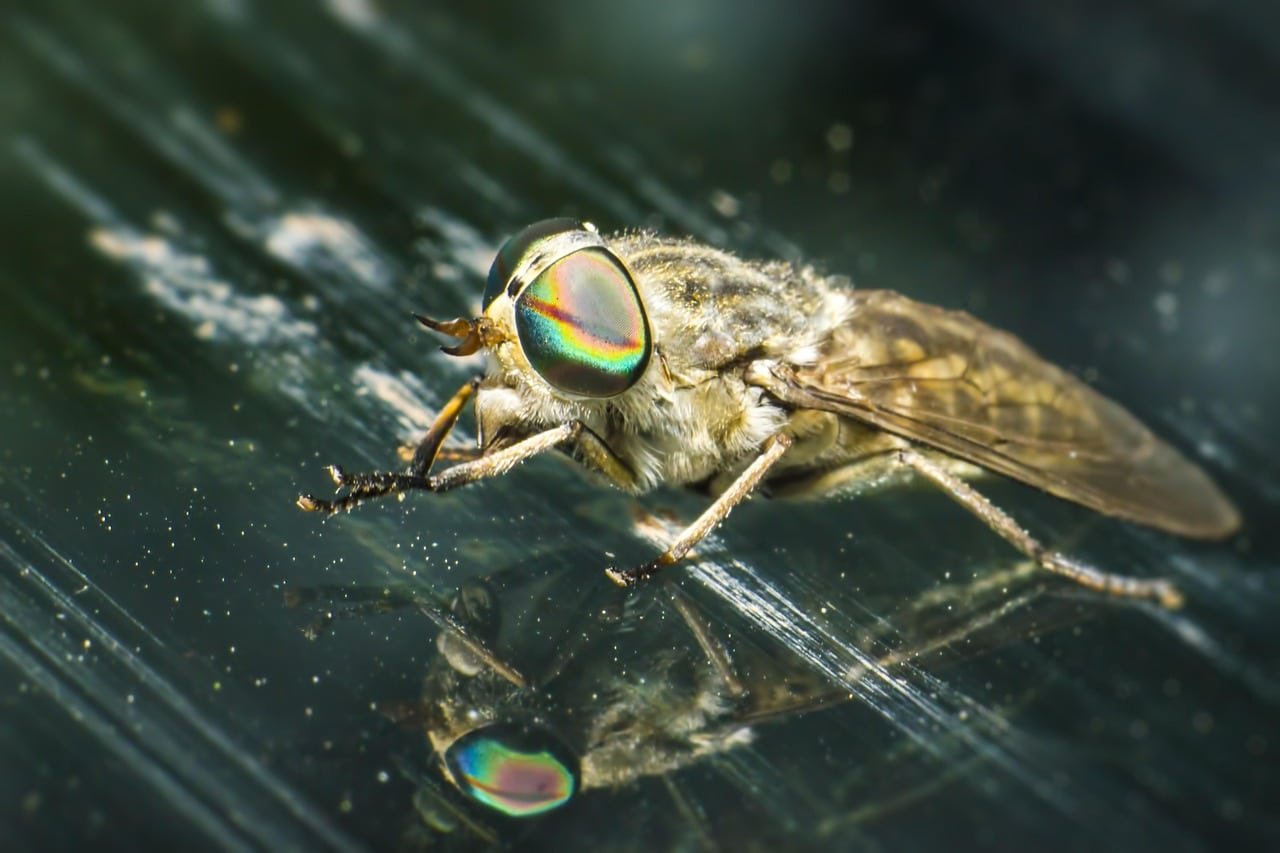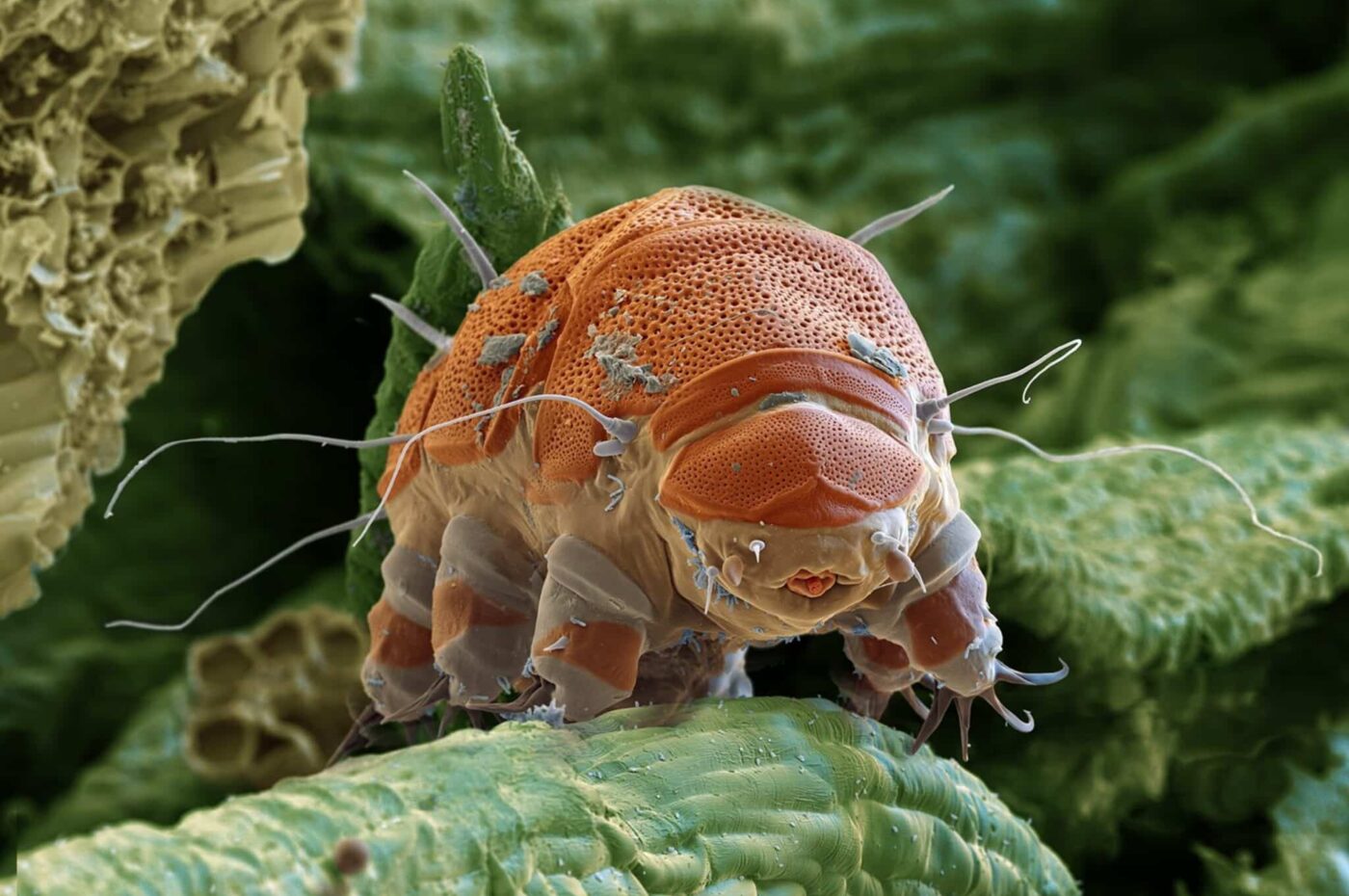Physical Address
304 North Cardinal St.
Dorchester Center, MA 02124
Physical Address
304 North Cardinal St.
Dorchester Center, MA 02124

 Shutterstock
Shutterstock
Insects are among the oldest animals on earth, some species remain virtually unchanged for millions of years. Although many species have developed to adapt to their environment, others have proven that their ancient designs are very effective. This “living fossil” has survived some of the dramatic changes in the history of the world. Their extraordinary ability to achieve success in changing circumstances without changing their original structure is made as an interesting example of their evolutionary success and a proof of nature’s elasticity.
 Shutterstock
Shutterstock
Dragonflys exist for more than 300 million years, which make them as one of the oldest insects in the world. Although today’s dragonfly is much smaller than their ancient ancestors, the basic structure of their bodies and wings remains mainly unchanged. The wings of the dragonfly are capable of independent movement, allowing them to ride and fly with incredible accuracy. Their sophisticated hunting techniques, which are involved in the hunting middle-class, have been incredibly successful, showing that their evolutionary design stands in time.
 Shutterstock
Shutterstock
The cockroach is one of the most successful insect species, which survive for more than 350 million years. Despite their reputation as pests, cockroaches have a highly effective design that allows them to achieve success in almost every environment. Their flat, oval -shaped body and long antenna enables them to hide in extremely adaptable and hard places. The cockroachs are significantly elastic and have survived several mass extinction. Extreme temperatures, lack of food and their skills in contact with radiation prove that their ancient design is still very skilled.
 Shutterstock
Shutterstock
Terms remain for about 250 million years and their initial structure remains significantly unchanged. These social insects live in large colonies, including individual roles, including workers, troops and queens. Their skills to digest cellulose from wood have allowed organic matter to feed and break their nutritional recycling. Despite some modern adaptation, the resistance of pesticides, their basic biology and social system has not changed significantly, so that they can be one of the most successful groups of insects.
 Shutterstock
Shutterstock
Prayer men have been around 200 million years and their primary physical structure and predatory behavior have changed very little. Their distinct triangular heads and reporterial forelegities make them exceptional ambush hunters. Mentiz is known for the skill of turning their dizziness and tracking victims with accuracy. This hunting strategy, which involves waiting and rapidly hitting thunderstorms, was extremely effective for millions of years, allowing the Mentis to enrich in various ecosys without significant evolutionary changes.
 Shutterstock
Shutterstock
Tix is an ancient species, extending over 300 million years with a clan. These parasitic animals have specialized spokesperson that allows them to latch on their hosts and feed them. Tations have adapted to the environment extending from dense forest to urban region, but their general structure and parasitic behavior are basically the same. Their survival skills by feeding different hosts have helped them tolerate multiple extinction, prove that their evolutionary strategy is effective over time.
 Shutterstock
Shutterstock
Horseflies are an ancient species that has been able to survive for 200 million years without significant changes in their physical structure or behavior. These aggressive blood feeding insects contain large, strong jaws that enable their mammal to bite the skin. Their strong wings allow them to fly in a long distance in search of a host and they are proficient in heat and carbon dioxide sensitivity, which helps find their potential victims. Although some aspects of their behavior have adapted to environmental change, their primary feeding and hunting techniques are largely unchanged.
 Shutterstock
Shutterstock
Tardigrade, also known as water bear, is a microscopic organism that exists for more than 500 million years. Although there is no technically insects, Tardigrade is capable of surviving extreme conditions such as one of the world’s elastic animals, high radiation, acute heat and even space vacancies. Tardigrade can enter a state known as cryptobosis, where they effectively stop their metabolic acts and tolerate the hard environment. Without changing their basic form, their skills to survive in such extreme situations make them an interesting example of evolutionary stability.
 Shutterstock 1200
Shutterstock 1200
Meflyice is a species of oldest insects, with a clan that has been more than 350 million years. Their life cycle, which is composed of aquatic larvae and short -lived adults, remains significantly unchanged over time. Adult mefelis usually survive for several hours or days, but their larvae plays an important role in the ecosystem of freshwater by feeding organic matter and serving as food sources for other aquatic animals. Despite the environmental change in millions of years, the mefly has maintained their simple but effective life cycle, so that they can achieve success in aquatic habitat.
 Shutterstock
Shutterstock
Ants are a highly successful and ancient insect group, which exists for over 100 million years. Their social organizations, which divide labor among workers, soldiers and quinis, allow ants to influence the ecosystem around the world. The early structures of ants, including their large mandibles, strong legs and sophisticated communication methods are significantly consistent. Ants have adapted to different environments, their cooperative behavior and complex social structures have been proven as a very effective evolutionary technique that has helped them achieve success for millions of years.
 Shutterstock
Shutterstock
Laces have been around for more than one and a half million years and their delicate, transparent wings and predatory behavior remains mainly unchanged. These insects are known for their indifferent hunger for aphids and other insects, which make them beneficial for their ecosystems and agriculture. Lesseus has adapted some time to different environmental stress, but the basic structure of their body and the behavior of the victim is the same. Their role in controlling pest populations and their beautiful, lace-like wings has helped to become one of the most preserved insect species by continuing their ancient role as controller of their natural pests.
 Shutterstock
Shutterstock
Silverfish is ancient insects that existed for 400 million years, which makes one of their oldest living insect species. Their long, silver bodies and distinct, fish -like movements give their names. These nocturnal animals are successful in the dark, humid environment such as basement and bathrooms and feed on organic matter like paper, glue and starch. Their primitive body structure and feeding habits are significantly stable over time. Silverfish is well adapted to living in different environments and without significant evolutionary changes their survival skills are proof of their elasticity.
 Shutterstock
Shutterstock
Some insects really crack the evolutionary code: If it doesn’t break it, don’t fix it! These ancient species have always been rich in changing environments for millions of years, yet their designs remain almost unchanged. Their survival techniques have been perfect and they have proven that sometimes, old ways are simply the best. So, the next time you came across one of these ancient animals, remember – they have been working for them a lot more than their things and they are not showing any signs of slowing down at any time!